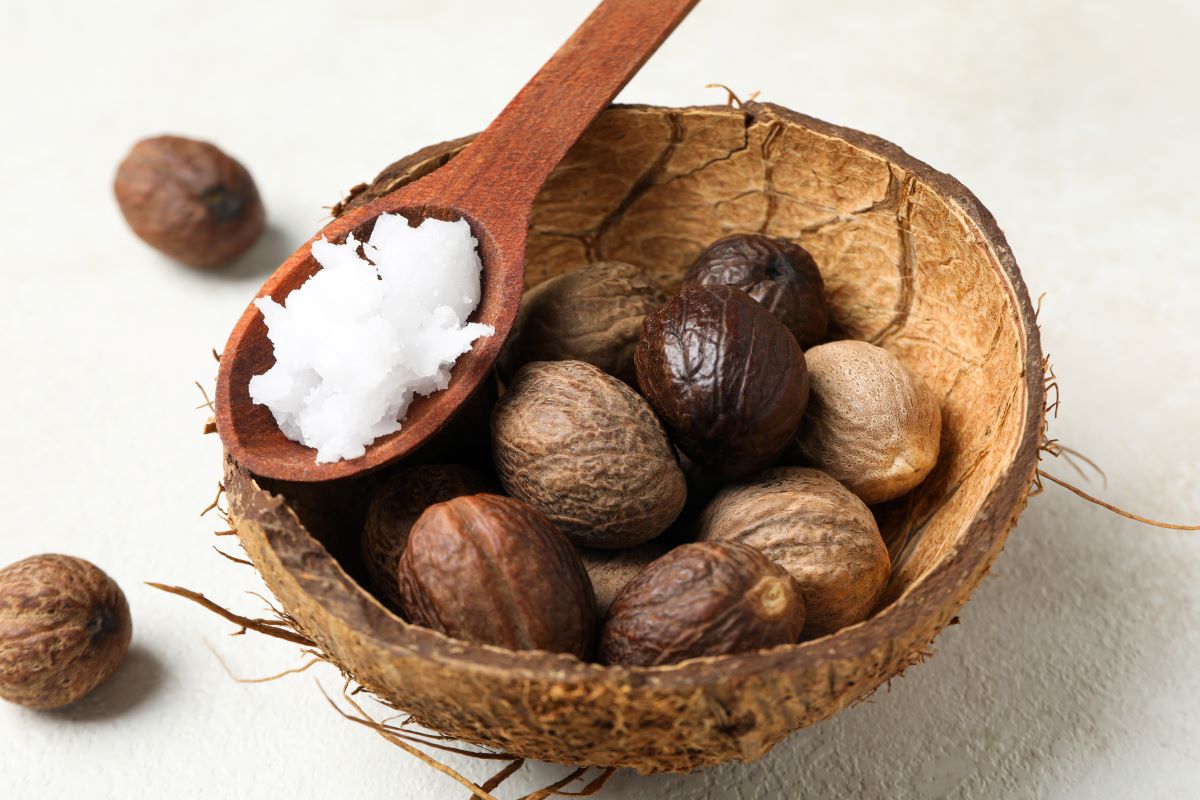Export of West Africa shea butter to India set to increase
The approval of shea butter as food ingredient in India has resulted in a sharp increase in Indian import of African shea kernels

A surge in demand for shea butter is expected to come from India after the Food Safety and Standards Authority of India (FSSAI) gave the approval for its use as food ingredients last year. According to industry and trade bodies shea butter is now gaining significant attention in India. Growing interest from Indian importers represents a substantial opportunity for countries such as Ghana.
According to Simballa Sylla, the president of the Global Shea Alliance (GSA), there has been a notable increase in India's importation of shea kernels from West Africa in recent years. In 2020, Ghana, Benin and Burkina Faso accounted for 90% of the over 47,000 tonnes of shea kernels that India imported from West Africa, representing a significant increase from the approximately 34,000 tonnes imported in 2018.
Previously, shea butter was used in India primarily in cosmetic and personal care products. But in 2021 FSSAI gave the green signal for it to be used in food. That means Indian producers of chocolates, for example, can now use it as substitute for cocoa butter. Sylla told the NTU-SBF Centre for African Studies that the move will further drive demand for shea butter from India.
The global demand for shea butter is growing, and it is expected to exceed US$3.5bn by 2028. Shea is produced in several West African countries, including Nigeria, Mali, Burkina Faso, Ghana, Côte d'Ivoire, Benin, and Togo. Among these countries, Ghana stands out as the largest exporter of unrefined shea butter and has the most advanced shea processing sector.
Savannah Fruits Company is a Ghanaian shea butter venture that has successfully tapped into the export market. It sources shea nuts from farmers in northern Ghana and has set up cooperatives in the city of Tamale to process the nuts into butter. The company supplies major European cosmetics producers, such as French label L’Occitane and British conglomerate Unilever, and, also exports to South America, the United States, Asia and South Africa.
The GSA, in an earlier study, identified China, Japan and South Korea as the highest potential Asian markets for shea exports from West Africa. Producers and traders can take advantage of these markets by selling both raw shea ingredients and finished goods to cosmetics manufacturers as well as to natural and organic beauty shops. Of the three markets, China is the most attractive, with low tariffs on shea products, including cosmetics and soap. Additionally, China's urban population is growing, and the middle class is spending more on personal care items and organic products. Japan, on the other hand, has a favourable trading environment, with zero tariffs on imports of shea ingredients and products from selected countries. Japan's high demand for shea substitutes and its export of products that use shea as an input, such as chocolates and cosmetics, make it a potentially lucrative export destination. Similarly, South Korea’s exports of products that use shea as an input are high, indicating it could be a substantial market.
References
‘Identification and prioritisation of African and Asian export markets for West African shea SMEs’, Global Shea Alliance, 08 September 2020
‘Advocacy win: FSSAI draft updated approval for Shea Butter’, UK India Business Council, 11 November 2020
‘Africa’s shea industry delivers returns and impact – an interview with Eu’Genia Shea’, Prosper Africa, 19 January 2021
‘Ghana: Company sells homegrown shea butter to Unilever and L’Occitane’, How we made it in Africa, 17 February 2022
‘The European market potential for shea butter’, Centre for the Promotion of Imports from Developing Countries, 29 March 2022
‘2021 Annual Report: The next decade of shea’, Global Shea Alliance, 30 June 2022
‘Indian demand surges for shea, coconut oil’, The Business & Financial Times, 10 February 2023














/enri-thumbnails/careeropportunities1f0caf1c-a12d-479c-be7c-3c04e085c617.tmb-mega-menu.jpg?Culture=en&sfvrsn=d7261e3b_1)

/cradle-thumbnails/research-capabilities1516d0ba63aa44f0b4ee77a8c05263b2.tmb-mega-menu.jpg?Culture=en&sfvrsn=1bc94f8_1)







